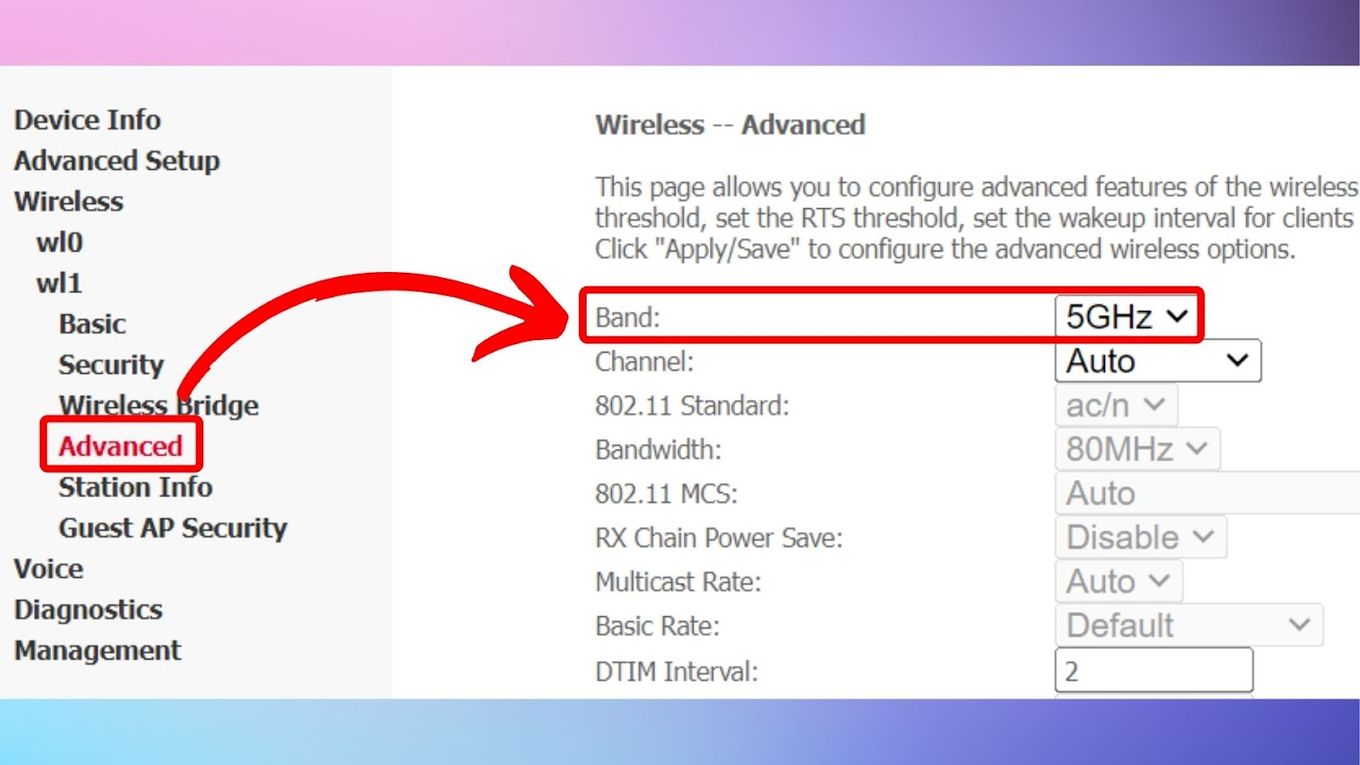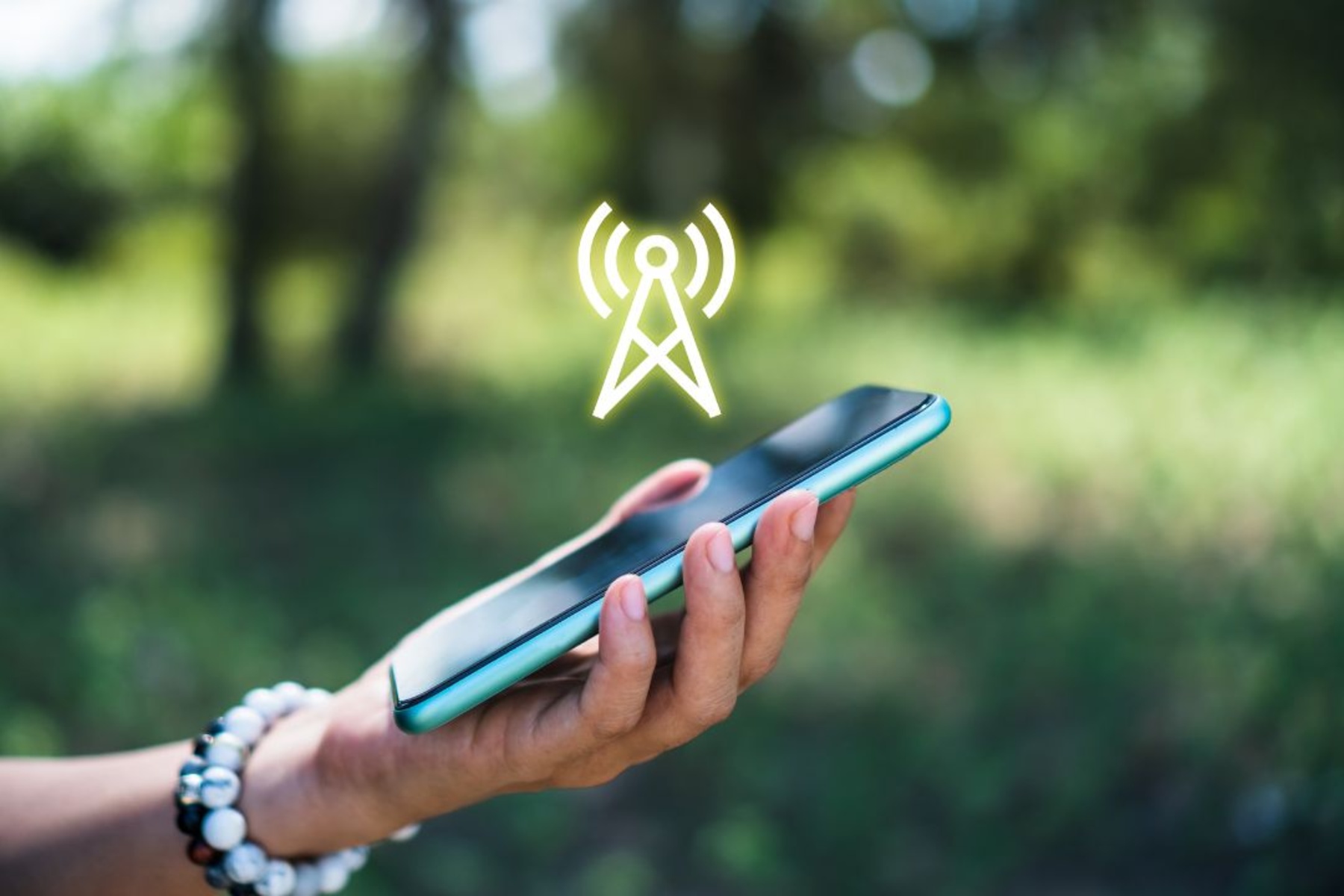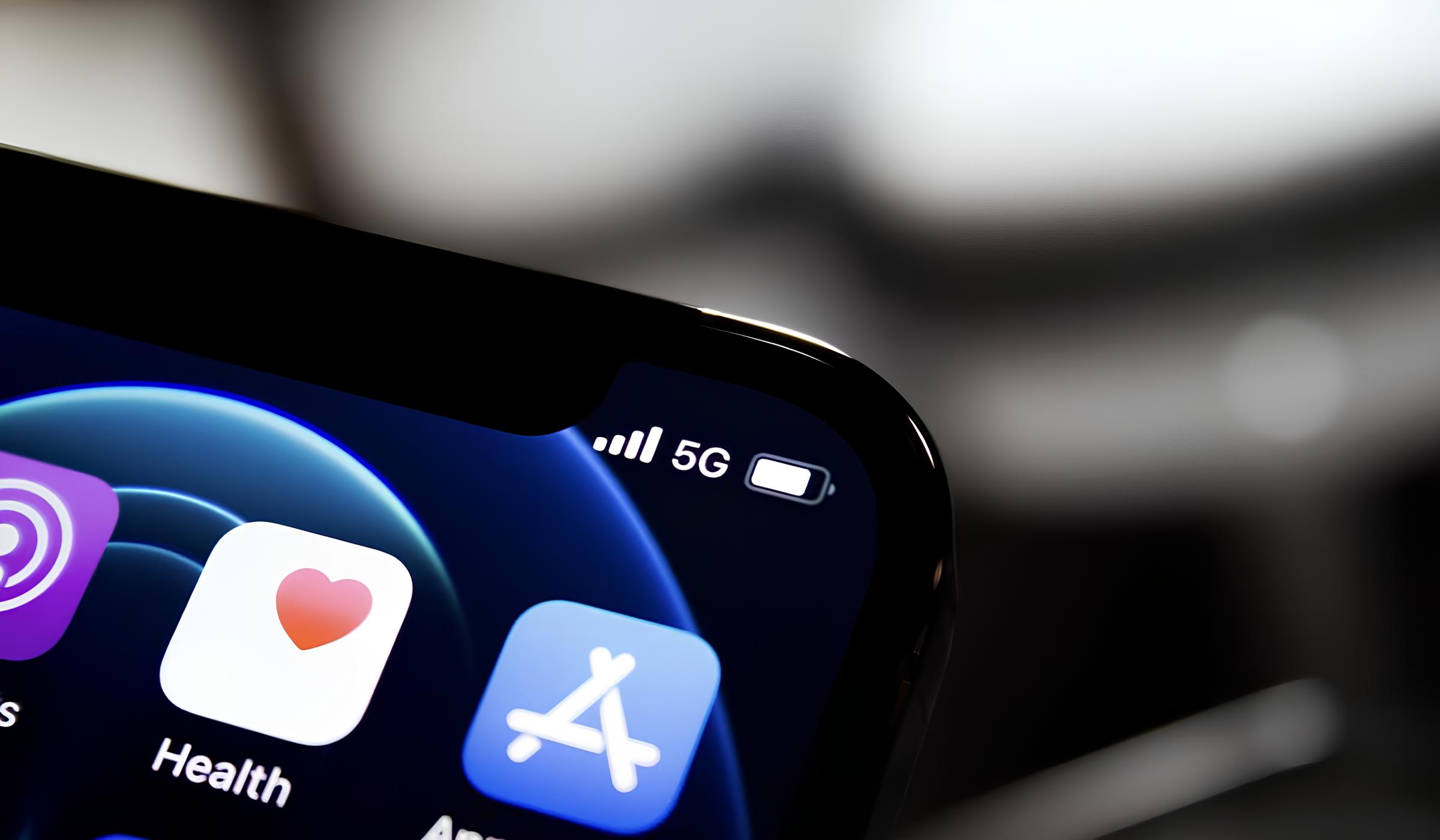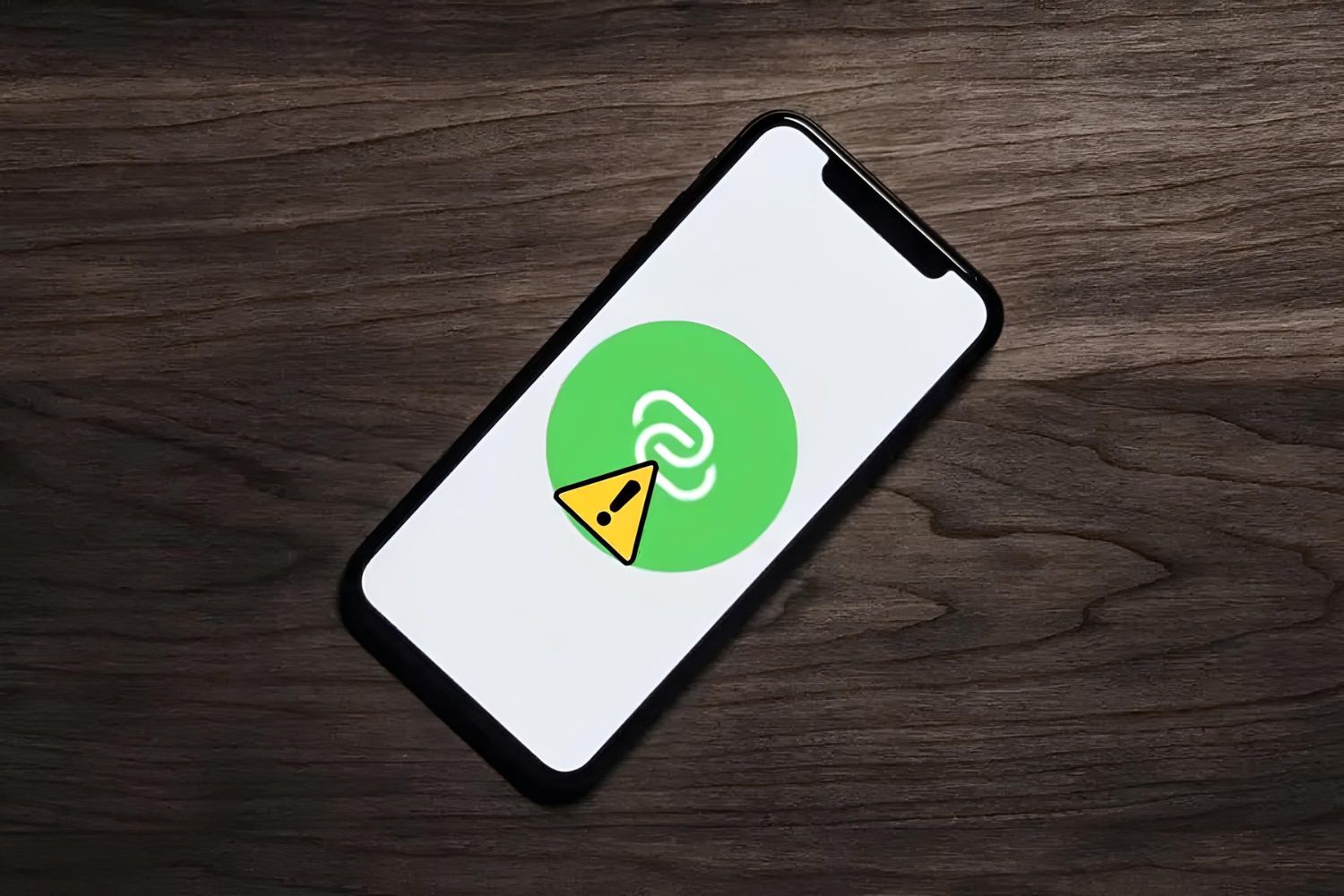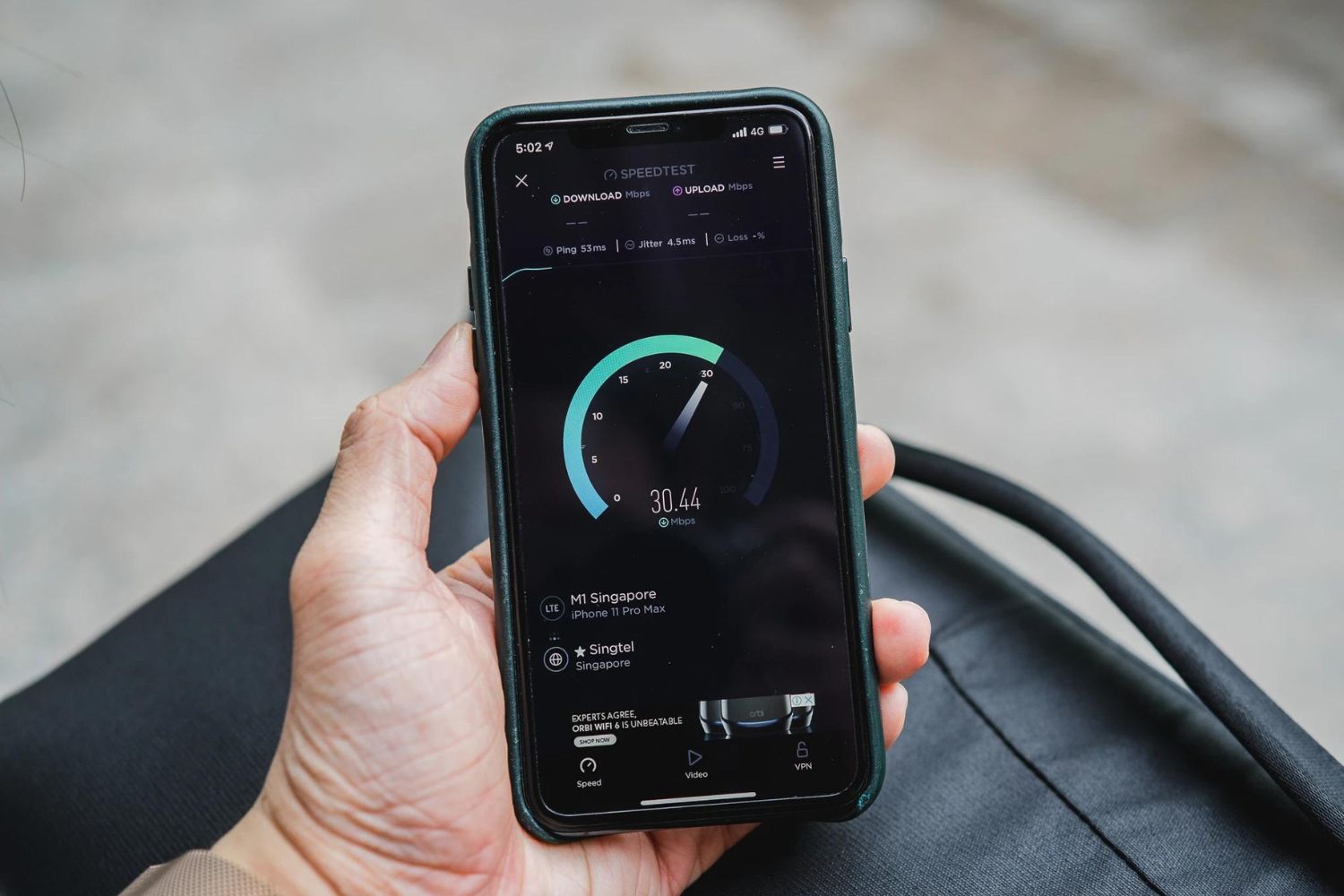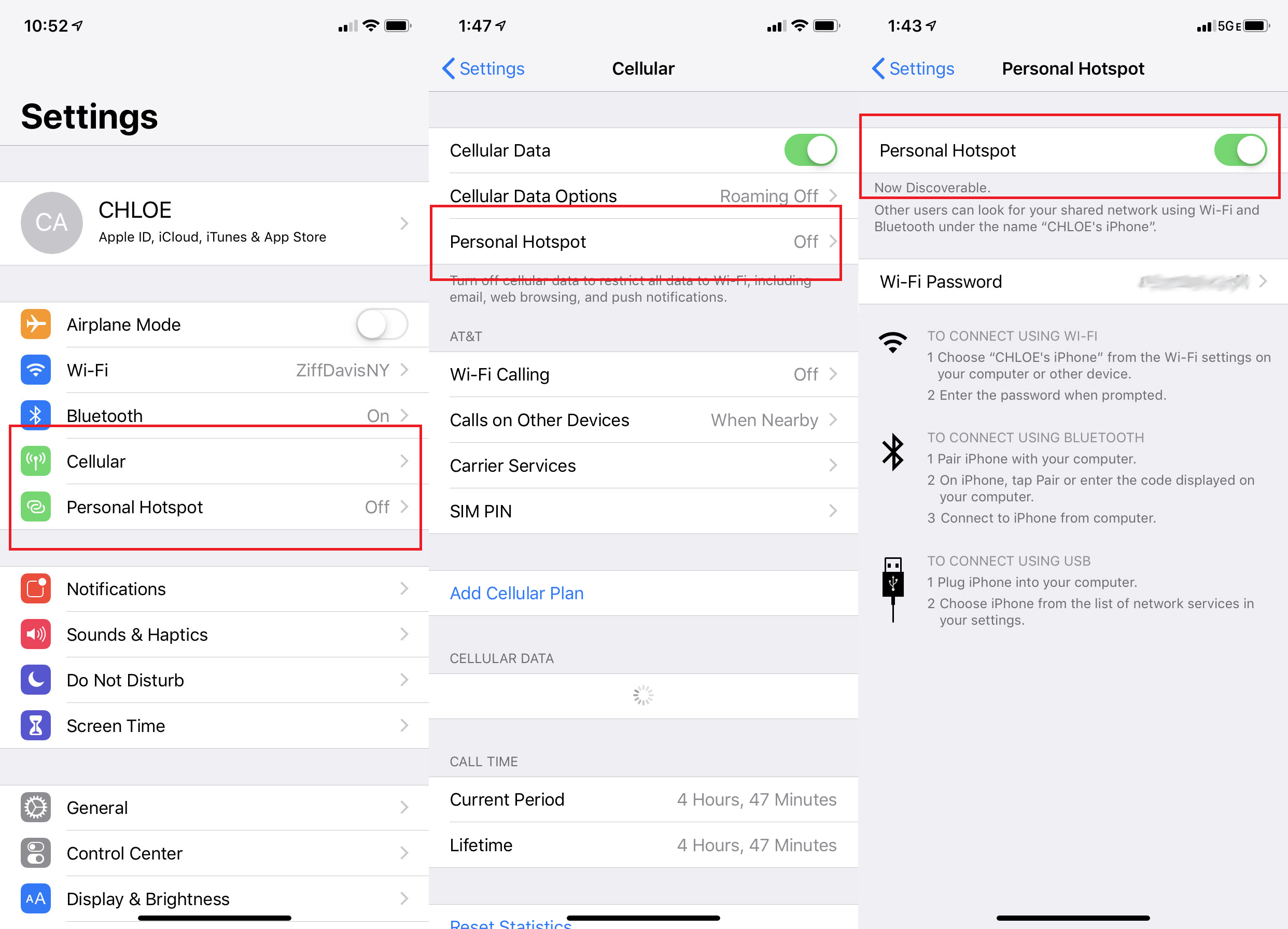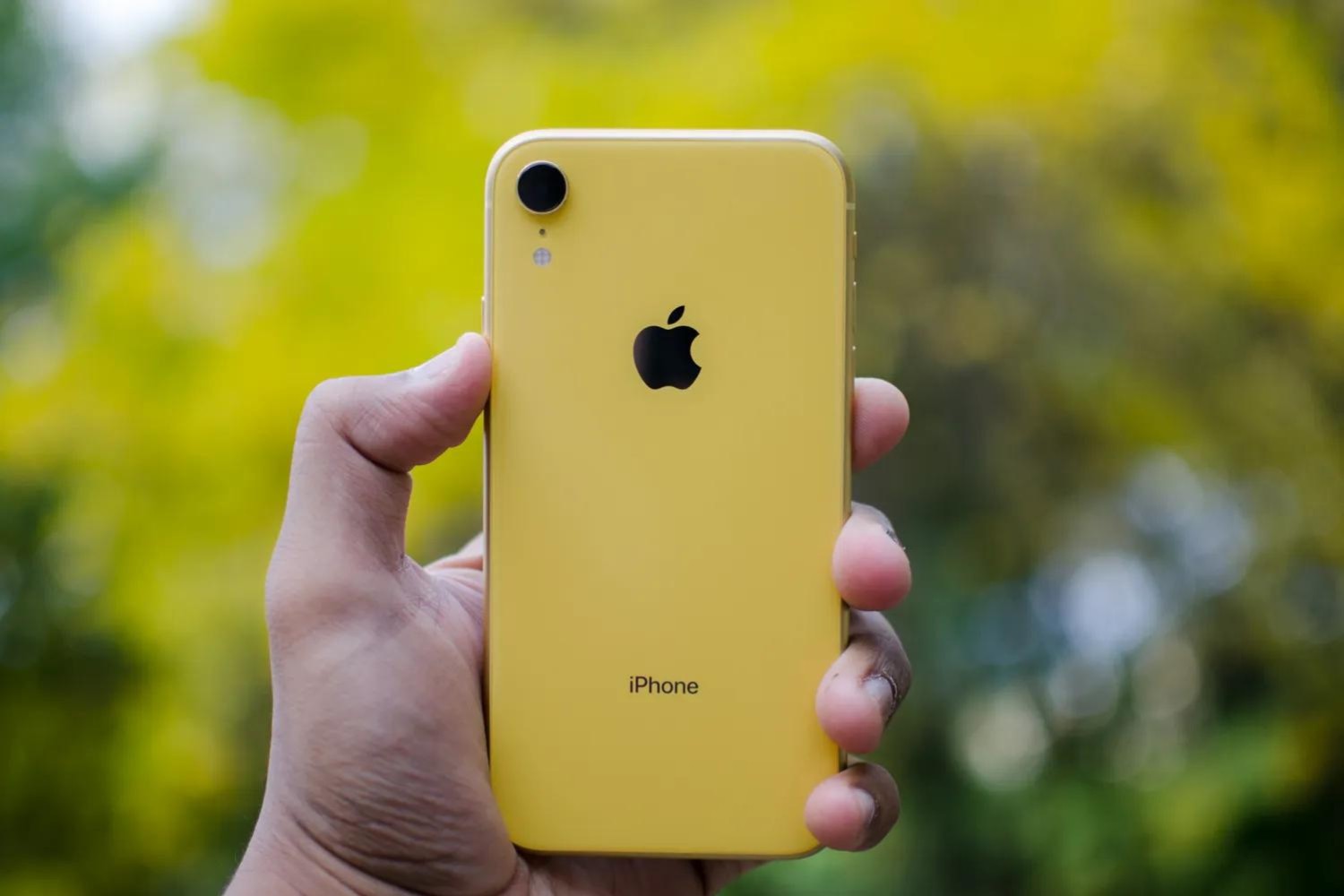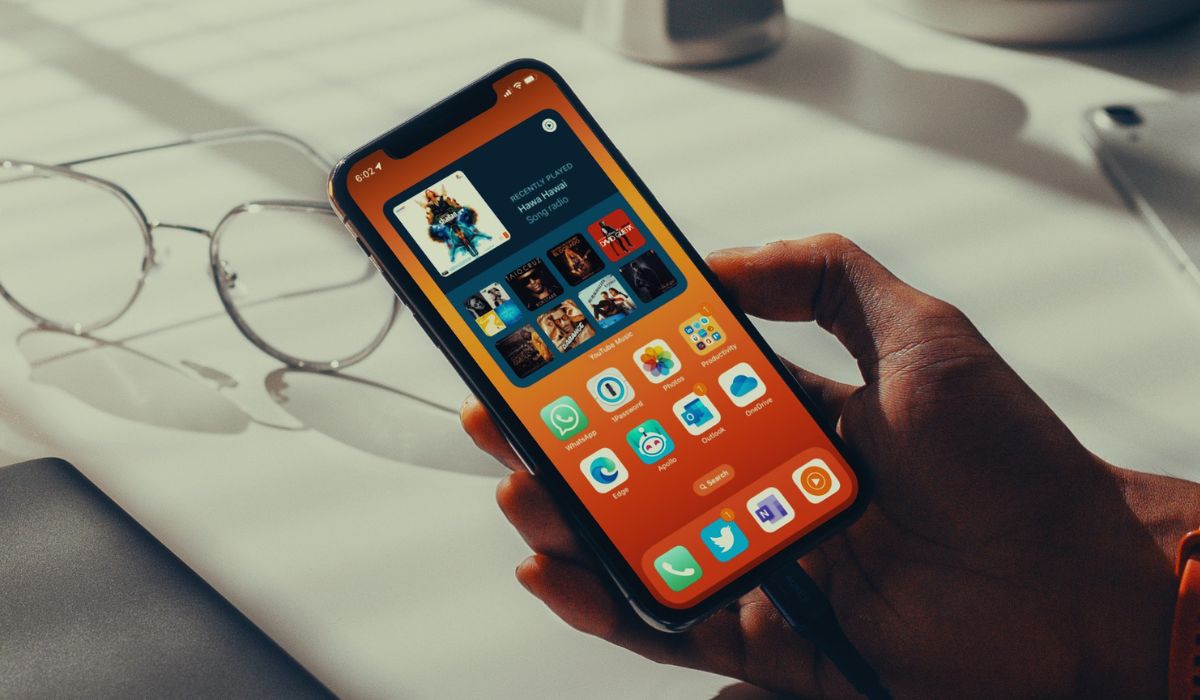Introduction
In today's fast-paced digital age, staying connected on the go is more important than ever. Whether you're traveling for work, enjoying a weekend getaway, or simply need a reliable internet connection outside of your home or office, having access to a personal hotspot can be a game-changer. For iPhone users, the built-in hotspot feature provides a convenient way to share your device's internet connection with other devices, such as laptops, tablets, and other smartphones.
Configuring and optimizing your iPhone hotspot frequency can significantly impact your overall connectivity experience. By understanding the nuances of hotspot frequency settings, you can ensure a smoother and more reliable connection, whether you're streaming content, attending virtual meetings, or simply browsing the web.
In this comprehensive guide, we'll delve into the intricacies of iPhone hotspot frequency, offering valuable insights into how you can fine-tune your settings to maximize performance. From understanding the fundamentals of hotspot frequency to practical tips for configuring your iPhone's hotspot settings, this guide will equip you with the knowledge and confidence to make the most of your mobile connectivity.
So, if you're ready to take control of your iPhone hotspot frequency and elevate your on-the-go connectivity, let's dive into the details and unlock the full potential of this powerful feature.
Understanding iPhone Hotspot Frequency
When it comes to utilizing your iPhone as a personal hotspot, understanding the concept of hotspot frequency is crucial for optimizing your connectivity. In simple terms, hotspot frequency refers to the specific wireless frequency band used by your iPhone to transmit its internet connection to other devices. The two primary frequency bands used for Wi-Fi communication are 2.4 GHz and 5 GHz, each offering distinct advantages and considerations.
2.4 GHz Frequency
The 2.4 GHz frequency band is widely utilized and supported by a multitude of devices, making it a common choice for many wireless applications, including iPhone hotspots. One of the key advantages of the 2.4 GHz band is its ability to provide broader coverage and better penetration through walls and obstacles. This makes it suitable for scenarios where the connected devices may be located at a distance from the iPhone hotspot or within a complex physical environment.
However, the 2.4 GHz band is susceptible to potential interference from other devices operating in the same frequency range, such as Bluetooth devices, cordless phones, and neighboring Wi-Fi networks. This interference can lead to reduced network performance and slower data transfer speeds, especially in densely populated areas or crowded Wi-Fi environments.
5 GHz Frequency
In contrast, the 5 GHz frequency band offers distinct advantages in terms of speed and reduced interference. Devices connecting to an iPhone hotspot using the 5 GHz band can experience faster data transfer rates and overall improved network performance, making it an attractive option for bandwidth-intensive activities like HD video streaming, online gaming, and large file downloads.
While the 5 GHz band excels in delivering high-speed connectivity, its coverage area may be more limited compared to the 2.4 GHz band. Additionally, the higher frequency of 5 GHz signals may result in reduced penetration through obstacles, potentially impacting connectivity in certain physical environments.
Choosing the Right Frequency
When configuring your iPhone hotspot, it's essential to consider the specific requirements of your connected devices and the surrounding wireless environment. By understanding the characteristics of both frequency bands, you can make an informed decision based on your usage scenario and performance priorities.
In the next section, we'll explore the practical steps for configuring your iPhone hotspot frequency, empowering you to tailor your settings to suit your unique connectivity needs.
Configuring iPhone Hotspot Frequency
Configuring your iPhone hotspot frequency involves making strategic choices to optimize your wireless connectivity. By customizing the frequency settings, you can enhance the performance and reliability of your hotspot, ensuring a seamless experience for all connected devices.
Accessing Hotspot Settings
To begin configuring your iPhone hotspot frequency, start by accessing the settings menu on your device. Navigate to the "Personal Hotspot" section, where you can find a range of options to customize your hotspot settings. Once inside the hotspot settings, you'll have the ability to adjust the frequency band used for transmitting the Wi-Fi signal.
Selecting the Frequency Band
Within the hotspot settings, you'll typically find the option to choose between the 2.4 GHz and 5 GHz frequency bands. Selecting the appropriate frequency band depends on your specific usage scenario and the capabilities of your connected devices. If you prioritize broader coverage and compatibility with a wide range of devices, the 2.4 GHz band may be the preferred choice. On the other hand, if you seek higher data transfer speeds and reduced interference, the 5 GHz band could be more suitable for your needs.
Balancing Coverage and Performance
When configuring your iPhone hotspot frequency, it's important to strike a balance between coverage and performance. Consider the physical environment where your connected devices will be located. If you anticipate the need for extended coverage or if the devices will be situated in areas with obstacles or walls, the 2.4 GHz band may offer a more reliable connection. Conversely, if you prioritize speed and have line-of-sight access to the hotspot, the 5 GHz band can deliver enhanced performance.
Monitoring Network Interference
As you configure your iPhone hotspot frequency, keep an eye on potential sources of network interference. In densely populated areas or locations with multiple Wi-Fi networks and Bluetooth devices, the 2.4 GHz band may experience greater interference, impacting network stability and data transfer speeds. By monitoring the network environment and adjusting the frequency band accordingly, you can mitigate the effects of interference and optimize your hotspot's performance.
Adapting to Device Requirements
Furthermore, consider the specific requirements of the devices that will be connecting to your iPhone hotspot. Some older devices may only support the 2.4 GHz band, making it necessary to prioritize compatibility over speed. Conversely, newer devices equipped with 5 GHz capabilities can take advantage of the enhanced performance offered by this frequency band. By adapting to the needs of your connected devices, you can ensure a seamless and efficient connectivity experience.
Fine-Tuning Your Settings
After selecting the appropriate frequency band for your iPhone hotspot, you can fine-tune additional settings to further optimize your wireless connectivity. These settings may include adjusting the hotspot's network name (SSID), setting a secure password, and managing the number of connected devices. By paying attention to these details, you can create a personalized hotspot configuration that aligns with your specific usage requirements.
By following these steps and considerations, you can effectively configure your iPhone hotspot frequency to suit your unique connectivity needs. Whether you prioritize coverage, speed, or compatibility, taking control of your hotspot settings empowers you to make the most of your mobile connectivity, ensuring a reliable and efficient internet sharing experience for all your devices.
Conclusion
In conclusion, the ability to configure and optimize the frequency settings of your iPhone hotspot presents a valuable opportunity to tailor your wireless connectivity to meet your specific needs. By understanding the distinct characteristics of the 2.4 GHz and 5 GHz frequency bands, you can make informed decisions when configuring your hotspot, ensuring a seamless and efficient internet sharing experience for all your connected devices.
When it comes to selecting the appropriate frequency band for your iPhone hotspot, it's essential to consider a variety of factors, including coverage, performance, interference, and device compatibility. The 2.4 GHz band offers broader coverage and better penetration through obstacles, making it suitable for scenarios where extended coverage is a priority. However, it is important to be mindful of potential interference from other devices operating in the same frequency range, which can impact network stability and data transfer speeds.
On the other hand, the 5 GHz band provides faster data transfer rates and reduced interference, making it an ideal choice for bandwidth-intensive activities and environments with minimal network interference. While the coverage area of the 5 GHz band may be more limited, its ability to deliver enhanced performance is particularly beneficial for activities such as HD video streaming, online gaming, and large file downloads.
When configuring your iPhone hotspot frequency, it's crucial to strike a balance between coverage and performance, taking into account the specific requirements of your connected devices and the surrounding wireless environment. By monitoring potential sources of network interference and adapting to the capabilities of your devices, you can fine-tune your settings to optimize your wireless connectivity.
Ultimately, the process of configuring your iPhone hotspot frequency empowers you to take control of your mobile connectivity, ensuring a reliable and efficient internet sharing experience. Whether you prioritize broader coverage, enhanced performance, or compatibility with a diverse range of devices, the ability to customize your hotspot settings allows you to maximize the potential of this powerful feature, keeping you connected and productive wherever you go.
In essence, by understanding the nuances of hotspot frequency and leveraging the flexibility to configure your settings, you can unlock the full potential of your iPhone hotspot, creating a personalized and optimized wireless connectivity experience tailored to your unique usage requirements.







